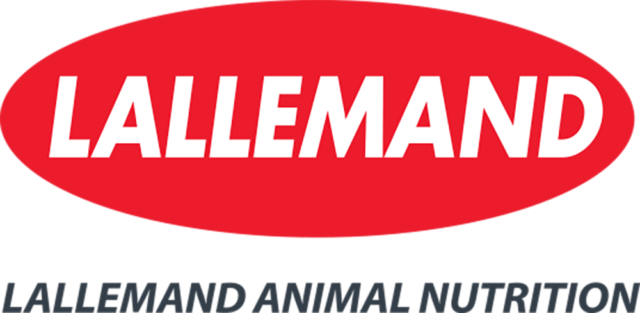Commodity markets are volatile and complex. Whole cottonseed is no exception. That’s why Cotton Incorporated has launched its own enewsletter – Whole Cottonseed. The publication provides the dairy industry with periodic updates about factors affecting whole cottonseed supply, feeding and storage tips, booking strategies and more.
One of the objectives of the enewsletter is to improve familiarity with the WholeCottonseed.com website, which offers general information about whole cottonseed as feed, as well as the Cottonseed Marketplace, which connects buyers and sellers of the commodity.
The July 26 enewsletter, for example, included:
- a forecast for the 2013 whole cottonseed market
- a feature about Cottonseed Marketplace (Click here to read Progressive Dairyman’s review of the online tool.)
- an article about the results of a certain dairy dropping whole cottonseed from the ration of its lactating cows
However, the primary reason for the enewsletter’s creation is that Tom Wedegaertner, Cottonseed Incorporated’s director of cottonseed research and marketing, perceives a need within the industry “for lots of information to be out there for dairymen to make decisions about commodity purchases.”
“The more they understand why cottonseed prices fluctuate, the better purchasers they can be – put it in the ration when it works and take it out when it doesn’t.”
Wedegaertner plans for the enewsletter to provide information about factors affecting this unique commodity – drought in Brazil, an overabundant cotton crop in India, the price of corn and soybeans, a hurricane in Georgia – to make it easier for dairymen, brokers and feed mill operators to see the big picture.
“Cottonseed gets very expensive,” says Wedegaertner. “The natural tendency is to blame the broker or the feedmill, but it’s really international forces [that are responsible].”
The enewsletter is meant “to give them a somewhat better understanding of what the forces are out there in the global commodity market that cause cottonseed to go up $100/ ton … the better they understand those reasons, the better off they are at making purchase decisions.”
For the dairyman, this means being able to time whole cottonseed purchases so that its benefit as a ration component is maximized.
The enewsletter does not have a pre-set schedule but will be delivered “as necessary,” says Wedegaertner.
Wedegaertner expects the enewsletter will probably work out to be delivered quarterly or maybe every couple of months.
The publication will be concise. “We’re trying to make it a quick, easy read – say what we want to say and get done with it,” says Wedegaertner.
Interested readers can sign up for the enewsletter at WholeCottonseed.com. PD
.jpg?t=1658551847&width=640)






